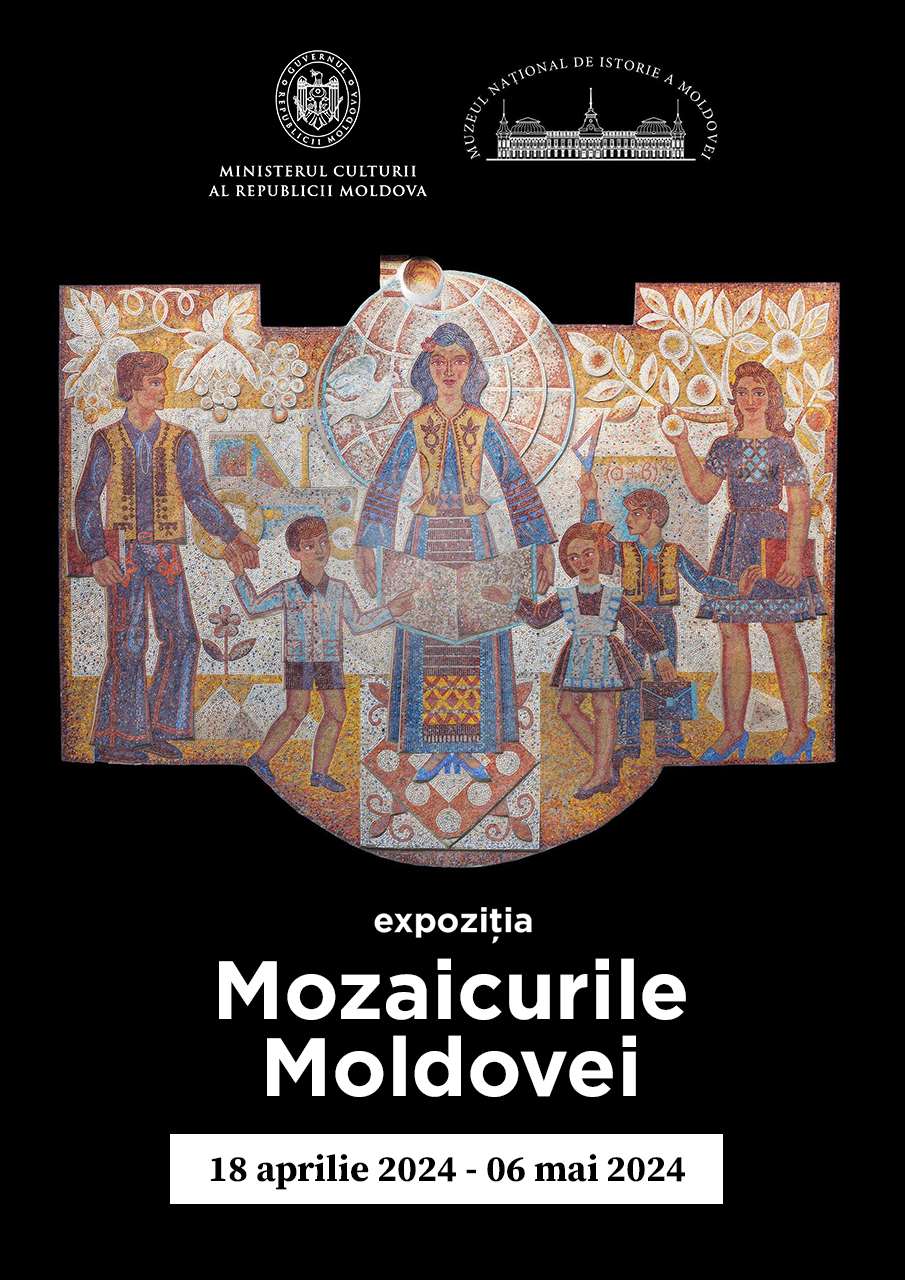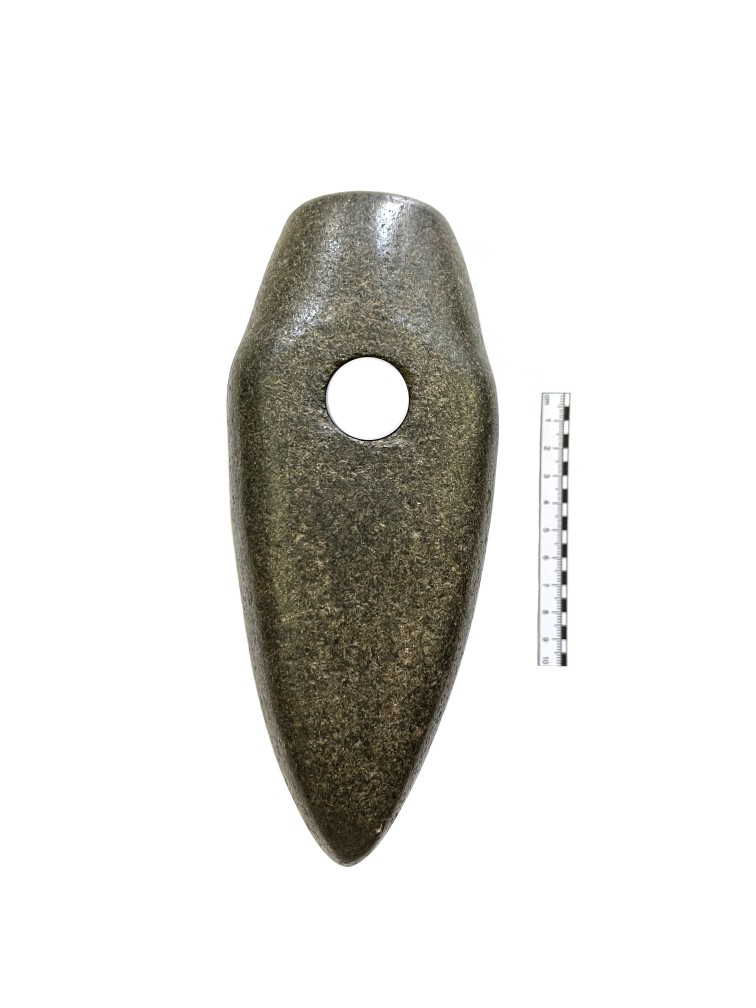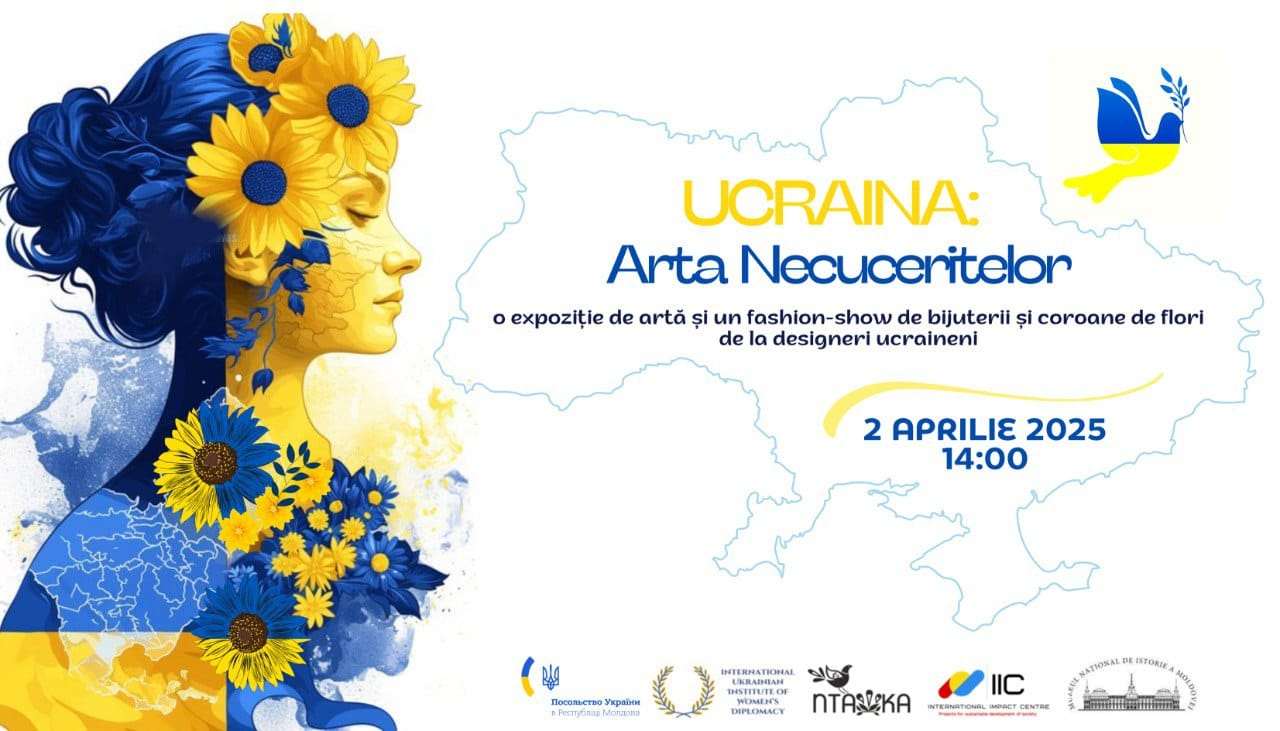 Discover the beauty of mosaics through the exhibition "Mosaics of Moldova: Fragments of History", opened at the National Museum of History Museum of Moldova, on April 18, 2024 within the International Cultural Forum "Cultural Heritage, Challenges and Opportunities", dedicated to the International Day of Monuments and Sites.
Discover the beauty of mosaics through the exhibition "Mosaics of Moldova: Fragments of History", opened at the National Museum of History Museum of Moldova, on April 18, 2024 within the International Cultural Forum "Cultural Heritage, Challenges and Opportunities", dedicated to the International Day of Monuments and Sites.
The Mosaics of Moldova team has dedicated several years to collecting information, capturing photos and exploring the country, amassing an important database of Moldovan mosaics.
This exhibition aims to highlight both the aesthetic beauty of the mosaics and their cultural and historical importance, but above all to highlight their current state of degradation and the lack of legal protection of many mosaics in the Republic of Moldova.
These intricate works of art are not mere decorations and reflect not only the ideologies of the Soviet era, but embody a broad narrative of human creativity and aspirations.
Organized by the Ministry of Culture, the National Museum of History of Moldova and ICOMOS, in partnership with USAID, the exhibition is an opportunity to bring these works of art to the fore and draw attention to their tourist potential.
The exhibition can be visited between April 18 and May 6, 2024, in the ground floor hall of the National Museum of History of Moldova, Chisinau, str. 31 August 1989, 121A.











 31 August 1989 St., 121 A, MD 2012, Chisinau, Republic of Moldova
31 August 1989 St., 121 A, MD 2012, Chisinau, Republic of Moldova















































